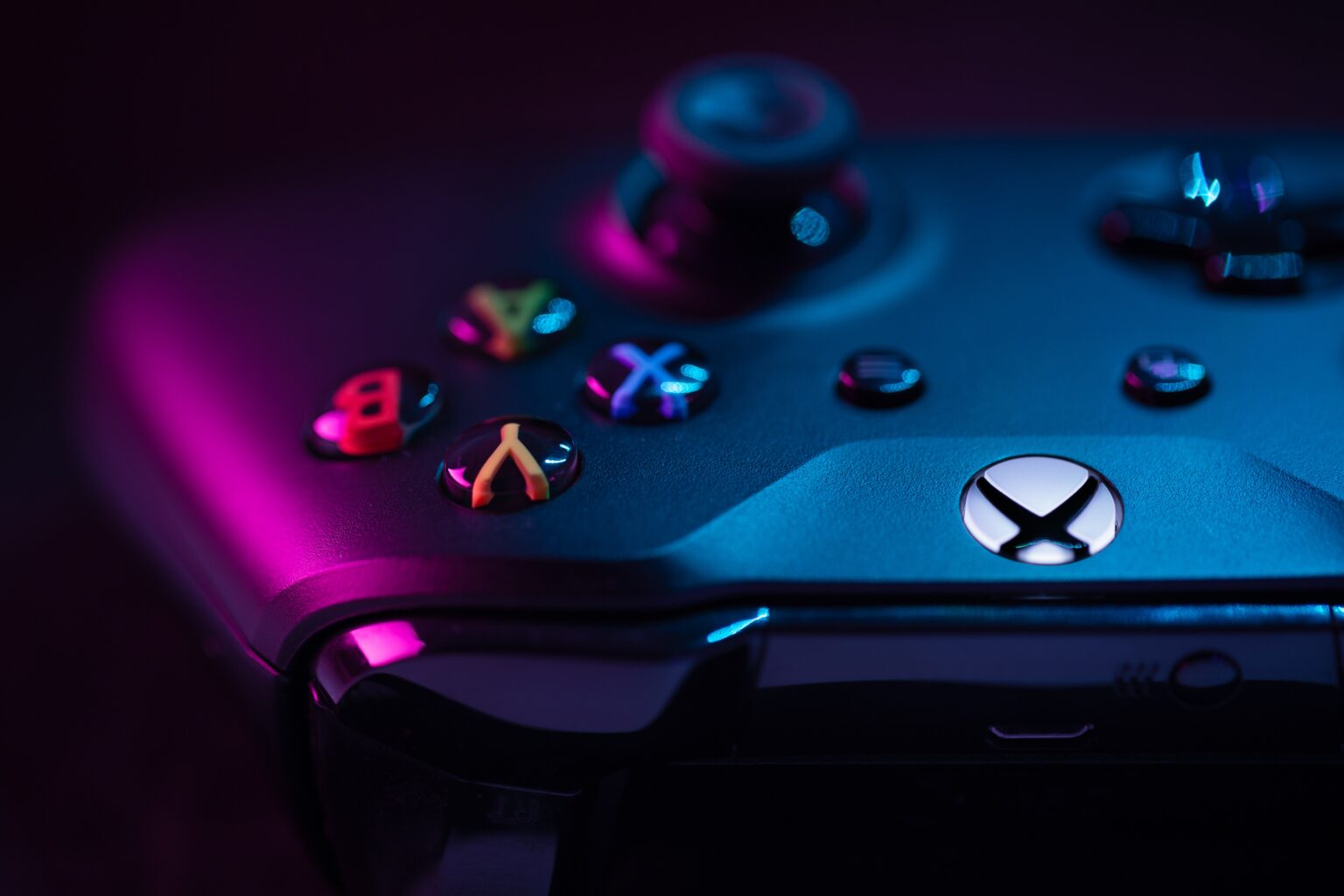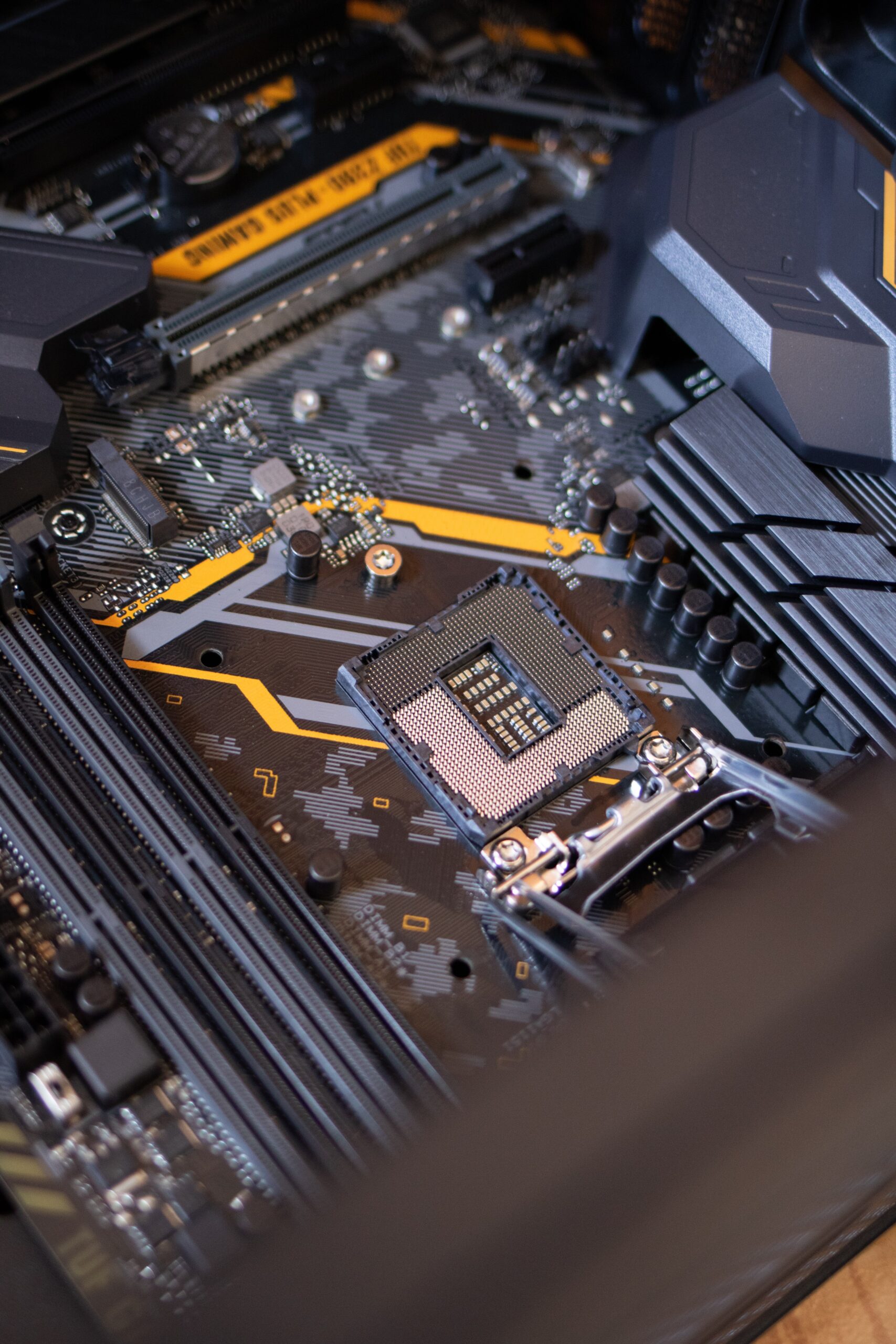Xbox Series X vs Xbox Series S: Which Console Is the Best Fit for You?

Xbox Series X: Elevate your gaming with lightning-fast loading, immersive visuals via DirectX Raytracing, up to 120FPS gameplay, and access to a vast library of titles across generations. Enjoy Quick Resume, Spatial Sound, and compatibility with Xbox One accessories for an unparalleled gaming experience.
the current Xbox console lineup can be puzzling, with the $500 Xbox Series X and the $300 Xbox Series S as options. While both share a core foundation and offer compatibility with the same games over the years, they diverge in graphics performance and physical media support. The Series X accommodates discs, whereas the Series S is digital-only. Our guide aims to clarify which Xbox suits your preferences or if it’s the right time to make a purchase decision.
Xbox Series X
The Microsoft Xbox Series X commands a higher price with its enhanced graphics, ample storage, and built-in disc drive. Whether these advantages warrant the investment hinges on your display setup. If you own or intend to get a 4K TV boasting top-notch features like Dolby Vision, 120 Hz, and variable refresh rate, the Series X is a compelling choice over the Series S. Both consoles feature rapid storage for quicker boot-ups and loading, but the Series X boasts over 800 GB of internal storage—nearly double that of the Series S. Additionally, if you possess a collection of physical Xbox One, Xbox 360, or original Xbox games and want to maintain access, the Series X’s disc drive is essential. Moreover, it serves as a suitable option if you seek a console that doubles as a 4K Blu-ray player.

Xbox Series S
Conversely, if a 4K TV isn’t in your immediate plans, you’re dealing with space constraints in your entertainment setup, or physical discs aren’t a priority, the Microsoft Xbox Series S delivers significant value while ensuring access to upcoming next-gen games. For those who predominantly engage with games via Xbox Game Pass—an all-encompassing monthly subscription granting access to a wide array of titles, including new releases—the absence of a disc drive is likely unnoticeable. This aspect also positions the Series S as a thrifty option for younger gamers, as the cost-effective console combined with the subscription provides an abundance of gaming experiences, minimizing the need for constant game purchases. Additionally, the Series S holds appeal for travelers and hosts: Its compact size conveniently fits within carry-on luggage, serving as an entertainment source during extended trips. Moreover, for guest rooms or vacation rentals, the Series S offers more versatility than a standard media streaming device.
Comparing the Xbox Series X and Series S
Game Selection and Disc Drive: Both the Series X and Series S offer parity in playing new games, along with comprehensive backward compatibility, embracing an extensive library from Xbox One, including numerous Xbox 360 games and select original-Xbox titles. However, the Series S lacks a disc drive, rendering it incapable of playing physical game discs.
Resolution: While both consoles can output a 4K video signal, making video playback on a 4K TV consistent, opting for the Series X is advisable for 4K gaming. The Series X is tailored for up to 4K resolutions, whereas the Series S focuses on 1080p and occasionally 1440p visuals due to its less potent graphics hardware.
Graphics-Quality Support: Core graphics capabilities are akin for both the Series X and Series S, encompassing variable refresh rate, variable rate shading, and ray-traced visuals. However, some games omit ray tracing on the Series S.
Base Storage: Sporting a 1 TB storage drive, the Series X provides approximately 800 GB of usable space. In contrast, the Series S incorporates a 512 GB drive with around 360 GB of usable space.
Expandable Storage: Both consoles facilitate expandable storage through CFexpress connection-standard memory cards, with Seagate’s licensed memory cards priced at $140 for 512 GB, $185 for 1 TB, and $360 for 2 TB. Additionally, both the Series X and Series S support external USB drives, akin to the Xbox One, enabling seamless compatibility with existing Xbox One-formatted drives.
Size: Standing tall at about 12 inches and measuring approximately 6 by 6 inches at the base, the Xbox Series X boasts a robust block design. On the other hand, the Series S holds a smaller form factor at 11 by 5.9 by 2.6 inches—achieving the title of the smallest Xbox ever. It’s intentionally designed for versatile placement, allowing it to be positioned either vertically or horizontally.

Why Choose the Xbox Series X|S?
In 2023, assistance for the Xbox One console is gradually diminishing. This year, several highly anticipated games, including the prominent Dead Space and Resident Evil 4 remakes, have opted to bypass this platform. Notably, even significant Xbox exclusives like Redfall, Starfield, and Forza Motorsport won’t be available on the Xbox One. Essentially, if you’re eager to experience the latest blockbuster releases, the moment has arrived for an upgrade. Here are some of the most significant enhancements you’ll encounter while utilizing either of the next-gen consoles.
Comparison of Loading Times: Xbox Series X vs. Xbox Series S
| Game | Xbox Series X | Xbox Series S |
|---|---|---|
| COD: Black Ops Cold War | 13 seconds | 13 seconds |
| Assassin’s Creed Valhalla | 23 seconds | 25 seconds |
| Doom Eternal | 6 seconds | 6 seconds |
| Divinity 2: Original Sin | 17 seconds | 23 seconds |
| Watchdogs Legion | 24 seconds | 25 seconds |

Setup
When powering on the Xbox Series X or Xbox Series S for the first time, the evident shift in the setup process becomes immediately apparent. Previously, this procedure involved tedious manual navigation, dropdown menus, and the input of account credentials using an on-screen keyboard. However, with the latest consoles, a significant portion of the setup can be managed through your Android phone or iPhone using the updated Xbox app. Through Wi-Fi Direct, your phone can seamlessly connect to the new consoles, facilitating the restoration of settings, preferences, and game files from both your existing console and cloud storage. Based on numerous instances of initial setup with the Series X and Series S, it’s safe to say that the entire process now takes just a few minutes from start to finish.
Software Enhancements
While the interface of the Xbox Series X|S is notably swifter, it closely resembles that of the preceding console generation. This similarity may diminish some of the novelty for those transitioning from the Xbox One, as the excitement of exploring a completely new user experience is somewhat subdued. Nonetheless, this iterative approach has played a crucial role in nurturing the maturity and stability of the operating system’s features.
The Xbox Series X|S consoles introduce comprehensive external storage support, granting users the ability to customize and manage features like Auto HDR and FPS Boost on a per-game basis. A standout feature is the robust variable refresh rate support, enhanced by the implementation of low frame-rate compensation, arguably the most refined console utilization of this technology to date. Noteworthy among the additions is the automatic night mode, adept at adapting interface colors based on the time of day. Furthermore, this mode reduces both the console’s brightness output and the intensity of its status lights. Delightful nuances include animated dashboard backgrounds, among which is a distinctive Xbox 20th-anniversary theme that activates when a limited-edition 20th-anniversary controller is connected to the console.
In a recent stride, Xbox has fully integrated native support for Discord, the renowned voice chat and community application. This addition extends its benefits to both Xbox Series X|S and Xbox One owners. This feature proves particularly advantageous as more multiplayer titles enable cross-platform play, fostering the opportunity for players on disparate systems or PCs to engage collaboratively in supported games.
Improved Graphics on Older Games, and Outstanding Graphics on Newer Games
The Series X and Series S excel in terms of graphical prowess, surpassing their predecessors in multiple dimensions. Across most titles, you can anticipate elevated resolutions, enhanced frame rates, and heightened intricacy in character design and environments, when compared to the same games played on the Xbox One or PlayStation 4. All of these improvements are accompanied by elevated image quality. Moreover, visual effects are set to be more pronounced and sophisticated, thanks to the advanced graphics hardware within these consoles. This hardware enables the execution of more intricate techniques, such as simulating smoke and fog with physical attributes, and rendering lighting that mirrors shadows and reflections more akin to what you would encounter in the real world. It’s important to note that these graphic enhancements are poised to become even more impressive as new games are developed to harness the full capabilities of these consoles over time.
Improved Performance and Higher Frame Rates
The Series X and Series S both boast powerful CPUs, boasting approximately four times the raw speed, as well as an increased number of cores and threads compared to their predecessors. These advancements, coupled with seven years of efficiency enhancements and other refinements, result in a swifter user interface, significantly reduced load times, more intricate character and game behaviors, and an increased density of on-screen elements. Perhaps most pronounced are the improvements in frame rates, which are expected to achieve a consistent 60 frames per second much more frequently in this generation compared to the previous one. This translates to games feeling smoother and playing more fluidly. Moreover, in scenarios where games struggle to maintain steady frame rates, support for variable refresh rates comes to the rescue, preventing these games from feeling sluggish. Noteworthy examples of this enhancement include titles like Dead Island 2, Diablo 4, and Elden Ring, all offering 60 fps modes exclusively on the Series X and Series S, an option unavailable on the Xbox One.
In conclusion
the Xbox Series X and Series S represent a notable leap forward in gaming technology. With enhanced graphics, faster performance, and elevated frame rates, these consoles offer a significant upgrade over their predecessors. The integration of hardware-accelerated ray tracing enriches visual effects and lighting, enhancing the overall gaming experience. Additionally, the iterative approach to user interface refinement and the convenience of setup via mobile devices demonstrate the dedication to user satisfaction.
As we embrace these advancements, it’s clear that the Series X and Series S pave the way for a more immersive and seamless gaming journey. Whether it’s the improved graphics rendering, smoother gameplay, or the promise of upcoming titles harnessing the full capabilities of these consoles, players have much to anticipate. The future of gaming is indeed exciting, and the Xbox Series X and Series S are leading the charge into this new era of entertainment.












